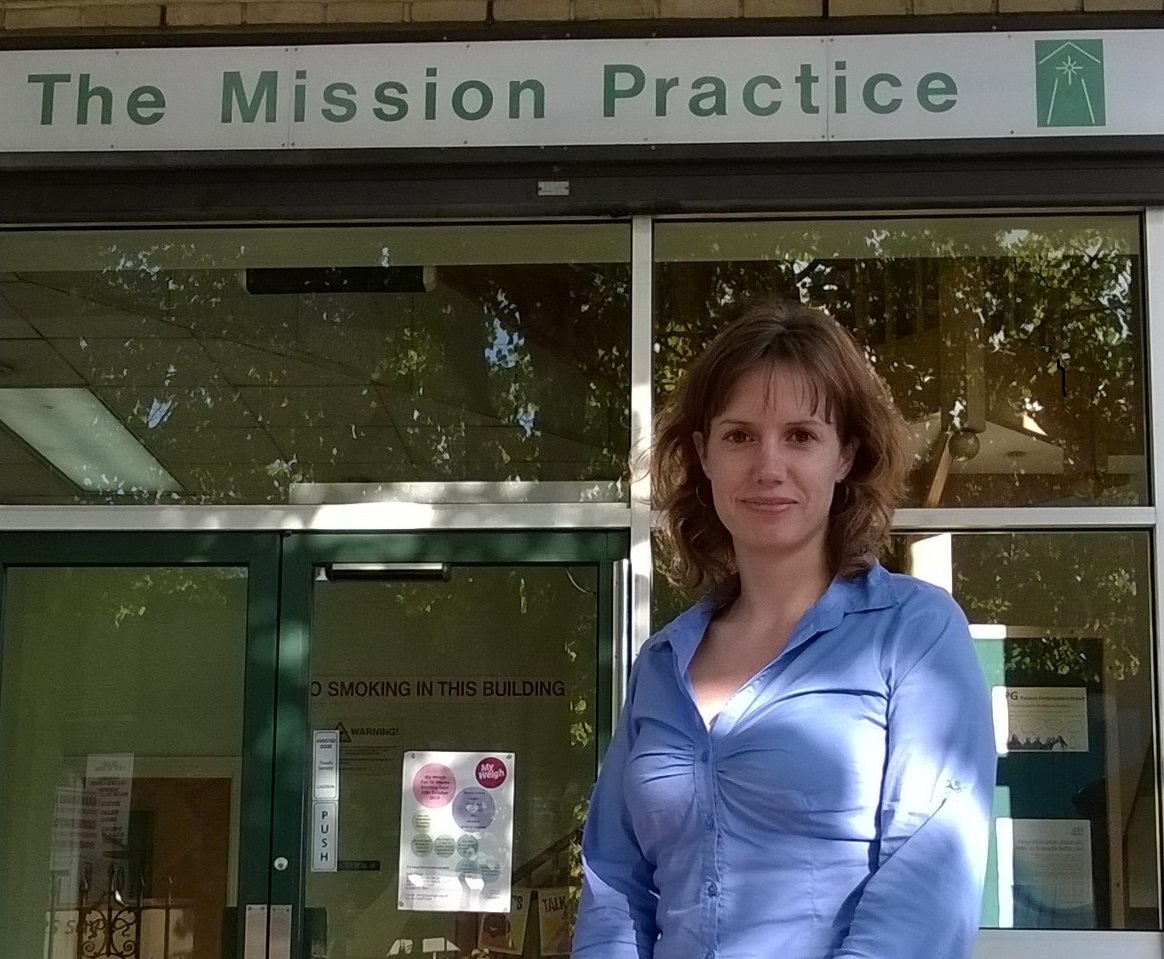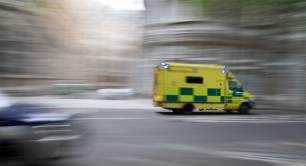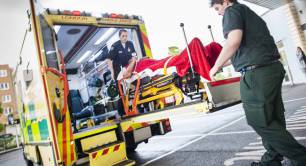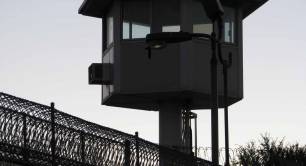'Social prescribing' eases pressure on NHS in east London
Patients who visit their GP with social issues, as opposed to medical ones, cost the National Health Service (NHS) around £400m a year. Joanna Hamer, a Year Here fellow, finds out how social prescribing is disrupting traditional public healthcare delivery to improve outcomes for patients.
On a Monday afternoon at The Mission Practice, a GP surgery in east London, Wilma Bol meets with a patient suffering from social isolation. Bol talks with her for half an hour to better understand her situation, and then gives her a prescription to attend English lessons at a nearby community centre.
Wilma Bol isn’t a doctor; she is a 'networker for wellbeing', and the ‘prescriptions’ she gives out aren’t for scans or screenings, but referrals to swimming classes, debt advice, or neighbours’ lunch clubs. At a time when GPs nationwide report spending a fifth of their time seeing patients who have social rather than medical health issues, costing the NHS £400m a year, social care provision cannot be taken lightly. Just today it has been reported in the Guardian that the opinion of Professor Keith Willett, director for acute care at NHS England, is that the consequences of loneliness are an “increasing, unremitting demand on healthcare which will ultimately cripple the NHS.”

Wilma Bol. Photo credit: The Mission Practice
For the past two and a half years, Bol has offered appointments to patients with complex health needs and supported them to connect with appropriate community services such as reskilling and employment programmes, art classes, or playgroups. She provides a crucial link between primary care, statutory services and the third sector at a time when increasing budget cuts are fracturing the landscape. Her role falls under the umbrella of ‘social prescribing’, where healthcare providers direct their patients to non-medical services.
This approach is at the centre of the Bromley by Bow Centre’s community-based health care model, which is also located in the area. The centre provides a wide range of services and activities, all of which are integrated and co-operative in nature. Its website lists the services under their roof: ‘the local GP surgery, a variety of social enterprises, a children’s centre, artists’ studios, a healthy living centre... adult education courses, care and health services for vulnerable adults, outreach programmes and a range of advice services’.
Back at The Mission Practice, the impact of Bol’s work is clear. In the three months following their first visit, her patients have dramatically reduced A&E attendance and slightly reduced home visits and GP consultations. It’s not that patients are receiving less health care, however; these drops in numbers are made up for by a large increase in telephone consultations. In the current NHS financial climate, any innovation that directs people away from A&E and towards telephone consultations when appropriate is an exciting prospect.
Users also subjectively rate the service highly: nearly 60% of people who saw Bol rated the experience as ‘excellent’, while 79% said that it had made a difference to their health. Community groups have also benefitted from Bol’s service, by connecting better with users, getting to know other local services better, and having a strong contact within the GP surgery.
Bol explains: “There is so much available locally. Often there is a service just around the corner from where a patient lives that is set up to deal with the issue they bring to me.”
Along with referrals to community services, if there isn’t a group nearby for a particular patient’s problem, Wilma will support them to create one.
What Wilma does is essentially matchmaking… It gives us the opportunity to enable patients to take advantage of community services
Louise Vaughan, a GP partner in the surgery and one of the primary forces behind creating the position, explains that many of the patients coming into the practice have primarily non-medical conditions, such as social isolation or homelessness. At the same time, she knows there is an extensive network of community services and groups in the area, but that patients aren’t always aware of what is available.
The Mission Practice is built around the idea of addressing whole person health, which includes the physical, emotional, social, mental and spiritual. The surgery, in partnership with a local church and community group, applied for grant funding for the first year of Wilma’s role, and then won a Clinical Commissioning Group Innovation Bursary for the second year.
Louise says that having Bol in the practice has reoriented their priorities towards helping patients create sustainable relationships in the community rather than relying entirely on their GP. “What Wilma does is essentially matchmaking… It gives us the opportunity to enable patients to take advantage of community services,” she explains.
Bol’s job also involves knowing the community groups around The Mission Practice and helping them connect with each other. She organises a networking breakfast every six weeks, where local organisations come to share their groups and activities, make useful connections and get to know other services to which they can signpost their own users.
The 'networker for wellbeing' model has the promise of being scalable, too. Last year, Bol piloted her role for three months at two nearby GP surgeries. She took appointments with frequent attenders and reduced their GP contact by 14% and 35% compared with six months earlier.
The Mission Practice took a chance in founding the 'networker for wellbeing' role, but its investment is paying off – socially and economically.
Photo credit: Connor Tarter



